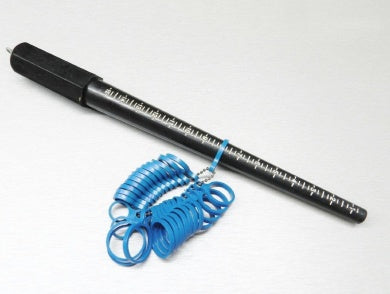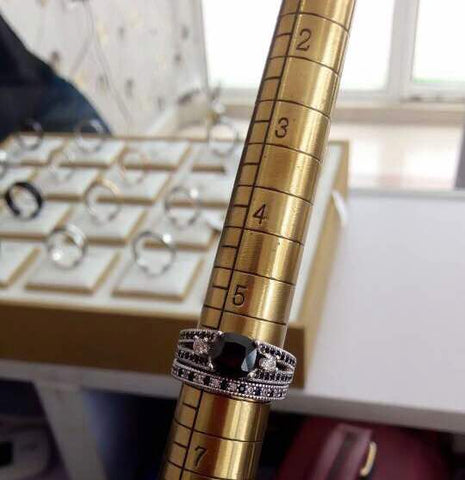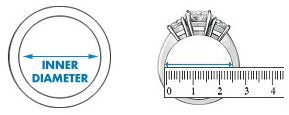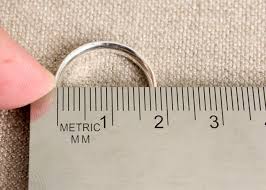Silver
SILVER
Silver has been used by man in jewelry nearly as long as gold. It is mentioned in the Christian Bible's book of Genesis. It is also one of the only jewelry metals that is permitted to be worn by men of the Islamic faith, since the Prophet Muhammad wore a silver ring.
Mention of Silver also appears in Greek mythology, where both Apollo and his twin sister Artemis carried silver bowls they had been given at birth. Clearly, the creation and use of Silver jewelry has an ancient tradition.
As one of the precious metals, Silver is among the most popular metals for the creation of jewelry. While there are many possible reasons for this preference, most people cite the following reasons:
- Silver is Lustrous and Outshines Gold
- Silver is More Adaptable to Casual and Formal Wear
- Silver Flatters All Skin Tones
- Silver is Affordable
Like Gold, pure Silver is very soft and easily damaged, so it's commonly mixed with other metals to improve durability for use in jewelry. Although any metal can make up the 7.5 percent non-silver portion of sterling, centuries of experimentation have shown copper to be its best companion, improving the metal's hardness and durability without affecting its beautiful color. The small amount of copper added to sterling has very little effect on the metal's value.
With a variety of purity levels and uses, there are a number of different types of silver jewelry. Here are just several:
Fine Silver a.k.a pure silver
Has a .999 level of purity. While particularly lustrous, Fine Silver is normally not appropriate for jewelry that's worn regularly, because it's not durable and bends easily.
Sterling Silver
Is an alloy that contains a mixture of 92.5% pure Silver and 7.5% of another metal, usually Copper. In order to be called Sterling Silver, the metal must possess at least 92.5% pure Silver, but the other components can vary. When mixed with copper, Sterling Silver will tarnish and may firescale. Regardless, Sterling is considered a standard among Silver grades and provides strength to ensure that jewelry pieces like bracelets, rings and necklaces can withstand regular use.
Silver Plate
Is a thin layer of Fine Silver placed over a base metal. Also known as Silver Tone, Silver Plate is often considered the most cost effective alternative to the more expensive forms of solid silver jewelry. That said, this form of silver is very thin, wears off easily and degrades in appearance quickly.
Nickel Silver
Is actually not silver at all! Despite its name, Nickel Silver is an alloy that combines Copper, Nickel and Zinc and contains no Pure Silver.
You should be able to determine the purity of the Silver used by looking for a stamp that indicates the metal's purity level.
At RINGS.NG, our silver rings are crafted with beautiful Solid Sterling 925 Silver.
HOW TO CARE FOR YOUR SILVER JEWELRY
Also, clean your silver regularly.
Care should also be taken to prevent silver tarnish build-up, a dulling that naturally occurs when silver reacts with sulfur or hydrogen sulfide in the ambient air.
To clean your silver, use polishes formulated specifically to remove tarnish. You can find fine silver polishes, solutions, or cloths appropriate to remove tarnish at most hardware stores or specialty craft stores. At RINGS.NG, our silver rings come with a suitable polishing cloth.
Tarnish is most easily removed when it first becomes visible. Although wearing your silver jewelry often is the best way to prevent tarnish from building up, regular cleanings of all your silver items will prevent tarnish and keep your silver bright and sparkling.







